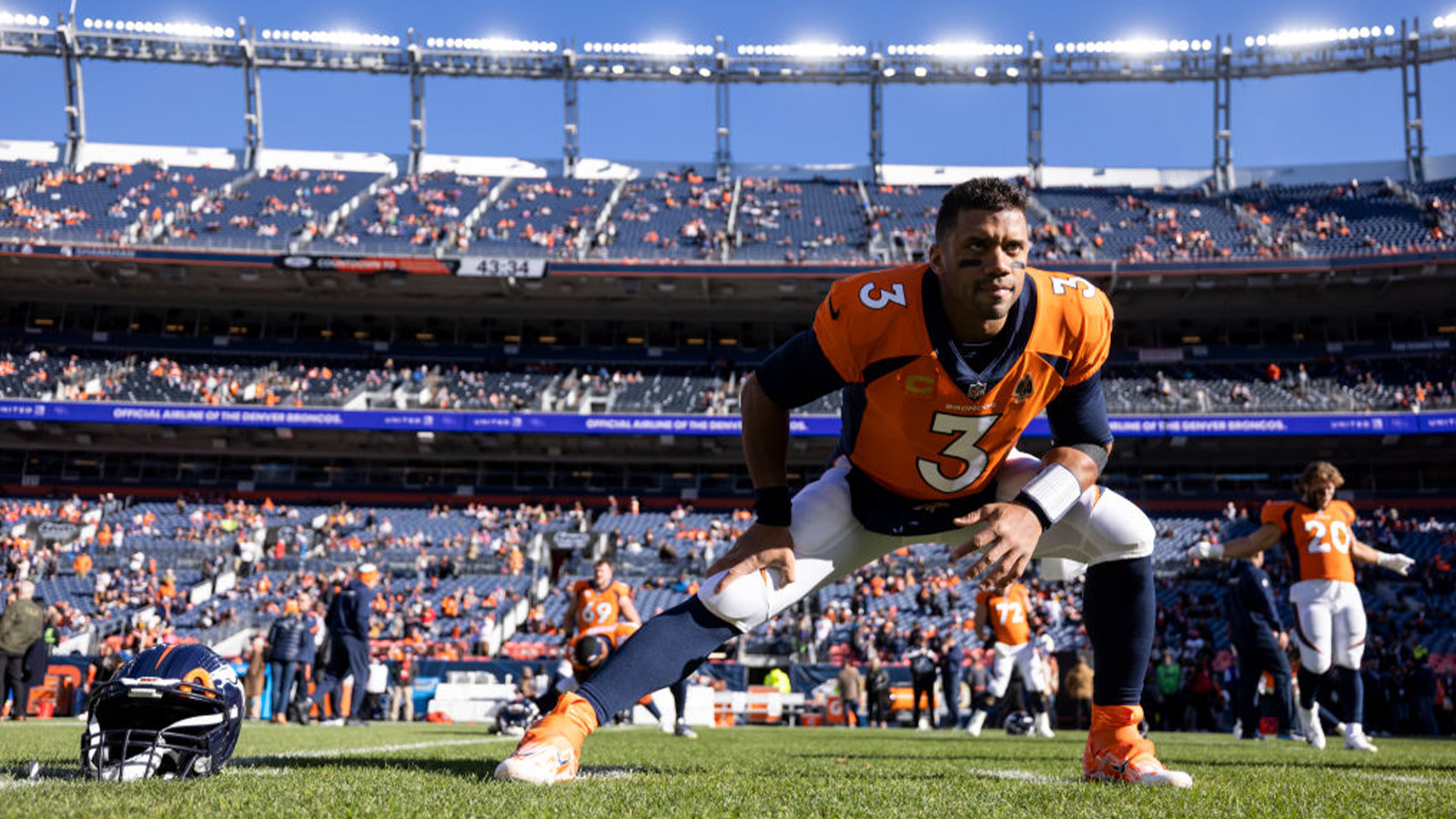
What Is the NFL Franchise Tag and How Does it Work?
Free agency gives NFL players a chance to move in a different direction. However, due to the franchise tag, NFL teams can keep a coveted commodity under team control for at least one more season.
A great example of the franchise tag involves Dak Prescott. From doing business with the Dallas Cowboys, the quarterback learned that scoring a lucrative one-year payday carries significant risks.
So what exactly is the NFL franchise tag? And how does the system work?
Let’s look at the ins and outs of a key component of the Collective Bargaining Agreement that may not benefit NFL players as much as you’d expect.
What is the NFL franchise tag?
Introduced in 1993, the NFL franchise tag lets teams retain the rights of a player who’ll become an unrestricted free agent. Essentially, if a team uses this designation, a player will receive a significant one-year raise.
The franchise tag comes in two different forms.
Per the CBA, if a player receives a non-exclusive franchise tender, he will get paid a one-year contract. This contract is based on the average of the five largest prior-year salaries for players at the position where he participated in the most plays.
On the other hand, an exclusive franchise tender pays the average of the five largest salaries for the current league year. This is calculated at the conclusion of the restricted free-agent signing period.
How is the transition tag different?
While the NFL franchise tag guarantees that a team will retain a player’s rights, the transition tag allows for more wriggle room.
Although this mechanism does carry similarities, using the transition tag on an impending free agent still leaves the door open for the two sides to part ways.
Per the CBA, a team that uses the transition tag on a player retains the right to match any offer made by another franchise. A team can also rescind the transition tag. However, if that occurs, the team cannot use the tag again until the following season.
According to the CBA, the transition tag period begins on the 22nd day preceding the first day of the new league year. It ends at 4 p.m. EST on the eighth day preceding the new league year.
An NFL player who signs a transition tender receives a one-year salary equal to the cap percentage average of the 10 largest prior-year salaries for players at the position where he participated in the most plays. However, if 120% of his prior-year salary surpasses that average, the player will make that amount instead.
How does the franchise tag system work?
NFL players have experienced both the pros and cons of the franchise tag system. So how exactly does it work? Each year, the league calculates the value of the franchise tender by particular position groups.
Offensive linemen fall into a single category, which helps guards and centers since they typically receive less pay than tackles. Quarterbacks carry the largest single-year salary under the NFL franchise tag system.
In 2020, Dak Prescott earned $31.4 million after the Cowboys used the exclusive franchise tag on their star quarterback. Unfortunately for the talented dual-threat signal-caller, he suffered a season-ending injury in a contract year.
Dallas could have utilized the franchise tag again to ensure Prescott doesn’t suit up for a new team. However, the system makes it quite cost-prohibitive to apply the tag multiple times. If a team tags a player for two straight years, he will make 120% of his previous year’s salary. A second franchise tag would’ve cost Dallas over $37 million.
In 2021, Prescott and the Cowboys agreed to a four-year, $160 million contract. This involves $126 million of guarantees, including a $66 million signing bonus.
A player who gets tagged a third time will make 144% of his previous year’s salary, the average of the top-five salaries at the highest-paid position in the league, or 120% of the average of the five largest prior-year salaries for players at the position at which he participated in the most plays.
The highest figure out of those three options gives the player a substantial payday. However, the NFL franchise tag system’s main drawback is the absence of long-term financial security — at least from a player’s perspective.
Franchise tag rules and information courtesy of the Collective Bargaining Agreement.


